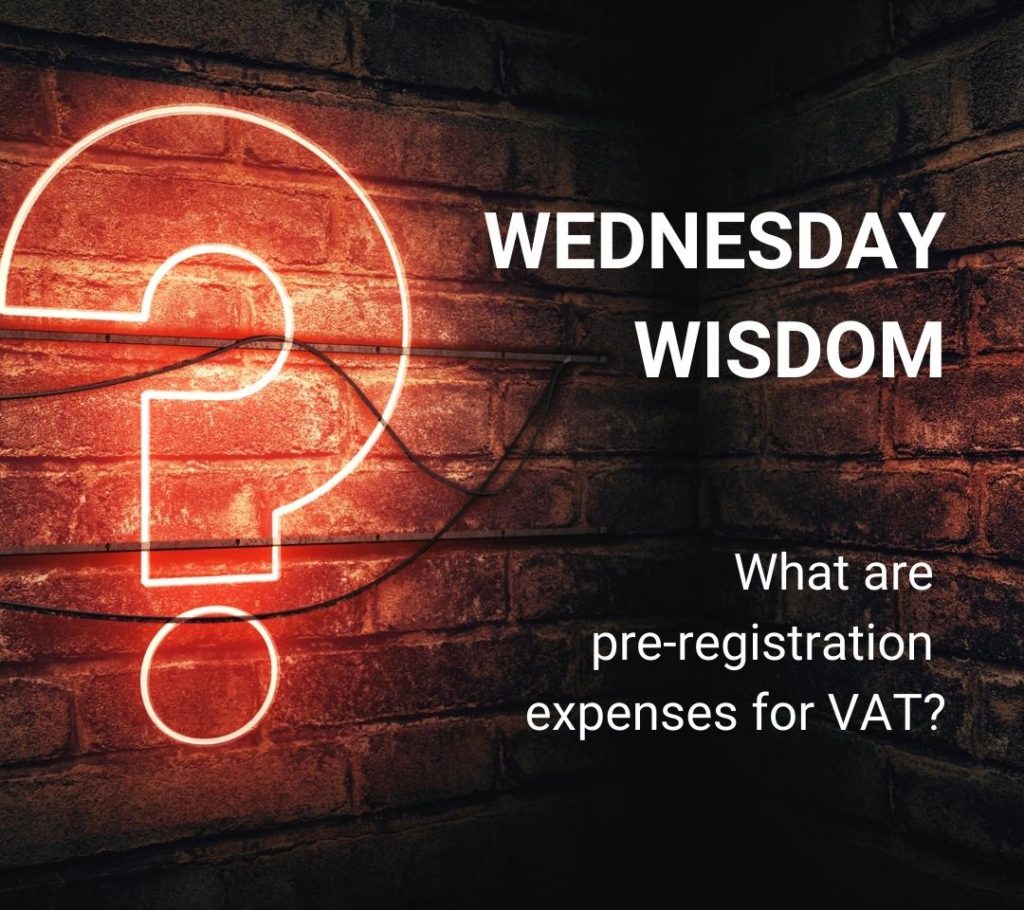You will all be aware now that the government decided not to extend the furlough scheme but to roll out a new support scheme in its place.
We have had many questions about the difference between the schemes and what the figures might look like. It will be slightly different depending on what you pay your staff and the hours the employee works.
However, below is an example to illustrate the change for 1 employee over one month (we don’t have the full details yet so this is just a guide on current information, so there may be some changes in the detail).
Assumptions:
- This employee usually works 128 hours a month at an hourly rate of £12.50 ph, so their monthly salary is £1,600 (that’s in the pre Covid world).
- In the covid world your business is now only able to provide this employee with 48 hours of work a month.
- It is assumed that the Employer does not top up over the 80% of salary.
So what are we seeing? Well, the most obvious thing is that to pay this employee to do the same hours they have worked for the last few months will cost the employer more… the difference in this example is £117 per month, which is not that big. However, this is one employee on an hourly rate of £12.5 ph. The more employees you have, and the higher their wage, the bigger this difference will become.
The other possible issue here is that the employer must provide work for at least one third of the employees normal pre covid hours. If you are still experiencing reduced revenues then it may be hard to provide these hours.
So it’s not amazingly helpful, however, to play devils advocate, it is not supposed to be covering a free work force. The aim is to help a business keep staff it really needs and will need in the future. It has not been designed to help a business just hold on to all of its employees regardless of the work available.
What does this mean for you as a business?
You need to review your work force and establish what work you have for your employees. You will know how many people you need to do the work that there is now, and to do the work you hope to see in the coming months. If the review shows you that you have 6 employees and you only need 4 then you have a decision to make.
Do you try to keep hold of these additional employees in the hope that things bounce back, use the support, and hope the business can take the hit on the rest.
Or let the 2 extra employees go.
This type of decision is always horrible and has to be one made by you, based on what is best for the survival of the business. If you’re working in film and tv show, we have some ideas on how you can manage these problems.
Some helpful questions to ask yourself when making these decisions are:
- How much work do I have now, and what do I expect to have in the coming months?
- Looking at the work available, is it possible to consolidate roles, or renegotiate existing employment contracts to better match the needs of the business and, in many cases, the employees?
- If I let people go and I get busy again in a month or two, what are the costs of recruiting for the roles I have let go?
- Do I have someone in my team that I know is really good and I would struggle to find a person like this again?
- Looking at the income you expect to see in the coming months, and the current wage costs, how long can the company survive?
- How different does that look if the wage cost reduces?
- How different does it look if the revenues increase slowly in the next 3 months or 6 months?
The closer you are to 100% utilisation for an individual employee the more sense it makes to use the scheme – if you are using someone only 33% of the time there is a big gap to fill.
It’s a very difficult time for many businesses and that means many difficult decisions are being made. If you are looking to let people go you must also consider the Employment law implications and cost the of that process.
If you are struggling with the calculations please let us know and we can help you with that equally If you are unsure of the terms or requirements, again just get in contact and we can help you.
Notes:
- The Job Support Scheme can only be used if the employee is working at least 1/3 of their contracted hours.
- National Insurance and Pension in respect of Employee’s pay would still have to be paid by the employer on the Total Employee Pay.
- The government contribution (grant) to be capped at £697.92 per month.
- Remember if you hold on to your employee until the end of January 2021 you will receive £1000.
- The furlough scheme ends on 31st October 2020.
- The new support scheme starts on 1st November 2020.
- You do not have to have previously furloughed an employee to take up the new support package.







